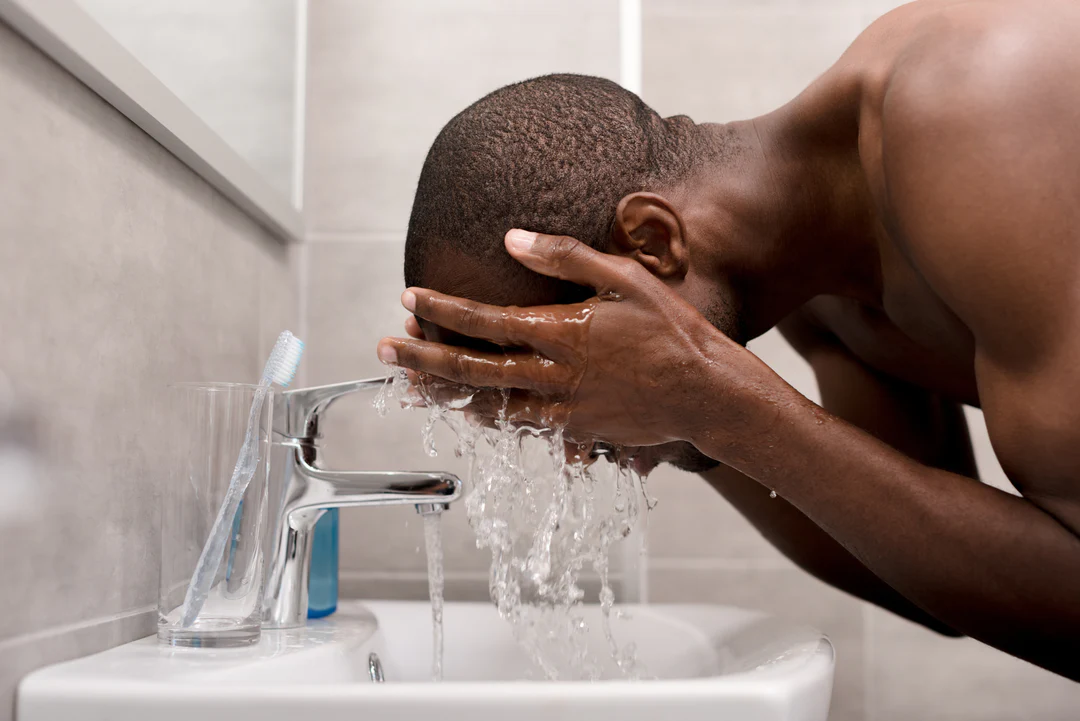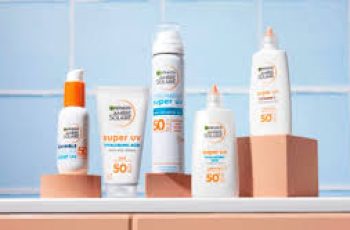
How to layer HA and BHA
I’ll be the first to admit that being in the beauty industry feels like arriving on an alien planet and not being able to understand what everyone is talking about. This is by no means something to be ashamed of, as you’ll find that even those who have learned a few lessons can be pretty confused at times.
That’s why today we want to clear up the confusion about how to layer HA and BHA. Don’t worry, because I’m sure that by the end of today’s blog post, you’ll be feeling a lot more confident the next time you land on this skincare alien planet.
Can BHA and HA be used together?
Actually yes, and seriously, I highly recommend always using BHA and HA together. Both ingredients have many different benefits for the skin, and you’ll be amazed at the results you see when you combine them.
Hyaluronic Acid
Hyaluronic acid occurs naturally in the body in the form of a polysaccharide, and is primarily used as a lubricant for joints, nerves, hair, and skin. It can absorb nearly 1,000 times its weight in water, making it one of the most effective hydrating ingredients for the skin. It works by drawing water into the skin and trapping it in the outer surface barrier. Not only does this make your complexion look plumper, it also protects against signs of damage caused by UV rays, pollution, and other environmental influences.
Salicylic Acid
The term BHA stands for beta hydroxy acid, and it’s part of a larger family of skin care products that includes chemical peels like AHA and PHA. These powerful skin care products can remove dead skin cells, clear pores, and rejuvenate your skin (and those are just some of their benefits!). The most well-known BHA is the impurity-fighting salicylic acid. Unlike other AHAs, salicylic acid is oil-soluble, which means it can penetrate deeper into the skin, deep into the pores, to remove all impurities, excess sebum, and bacteria. As effective as this ingredient is, it can irritate the skin. So if you have sensitive skin, it’s best to avoid it.
When you use HA and BHA together, you’ll find that the moisturizing properties of HA can counteract the drying effects of salicylic acid and other BHAs, keeping your skin comfortable without compromising the rejuvenating effects of an effective chemical peel.
Can salicylic acid and hyaluronic acid be layered together?
Of course, by applying salicylic acid and hyaluronic acid in layers, you can ensure that both ingredients achieve the best skin results. For example, when using an exfoliating toner with an effective BHA, remove the physical barrier on the surface of the skin before exfoliating it. Once the dead skin cells are removed, each subsequent product application allows them to penetrate deeper into the lower layers of the dermis. This means you can see results quickly. Using hyaluronic acid as a moisturizer after salicylic acid will reduce the risk of skin irritation, which is a common side effect of the popular BHA salicylic acid.
In what order should hyaluronic acid be applied?
If you’ve been doing this for a while, you know that one of the most important skin care rules is to use products based on their consistency. Starting with the thinnest formula and gradually working your way up to the thickest allows all of the active ingredients in these formulas to be effectively absorbed into the skin, especially without having to fight the physical barrier created by products like moisturizers, oils, and creams.
Should hyaluronic acid be used before or after salicylic acid?
That depends on what type of products you find hyaluronic acid and salicylic acid in. Generally speaking, BHAs are usually found in exfoliating tonics, serums, or lightweight oils. When it comes to hyaluronic acid, serums and moisturizers are the two main products that most commonly contain this moisturizer. It doesn’t matter when you use these two ingredients, just combine them and you’ll be amazed at the results on your skin.
Do I need to use a moisturizer after using hyaluronic acid?
Moisturizers are often thought to provide the most hydration, and this is often the case, especially when the formula contains hydrating ingredients such as hyaluronic acid. However, the main job of a moisturizer is to protect the skin’s protective barrier. It achieves this goal thanks to its rich consistency and blend of useful ingredients. When used in addition to all the steps in your daily routine, it forms a physical protective barrier on the outer surface of the skin. This barrier helps your skin resist further damage and is also a source of additional moisture for any serums that are already enriched with hyaluronic acid that have been applied to the skin.
What should we do after AHA BHA?
When dealing with AHAs and BHAs, there are some tips and instructions that should be followed to ensure that these ingredients work effectively.
DO – Apply SPF daily as part of your morning routine
Even if you use an AHA or BHA at night, it’s still important to protect new skin cells from harmful UV rays. Applying an SPF 30 or higher every day ensures your skin is fully protected and stays healthy.
DON’T – Use a physical exfoliant
This is too harsh for the skin and not only causes excessive skin damage, it can prevent other ingredients or products from working effectively.
DO – Combine AHAs and BHAs with Hyaluronic Acid
Any signs of irritation or skin reaction can be easily addressed thanks to the moisturizing effects of hyaluronic acid.
DON’T – Apply products containing AHAs and BHAs without performing a patch test
Applying new products or ingredients to the skin without performing a patch test is a recipe for disaster. Always apply a 10p-sized amount of product to the inside of your forearm and wait 24 hours. If there are no signs of irritation, you’re good to go!
That’s it for today’s blog post on applying hyaluronic acid and BHAs in layers. I hope I answered your question, but if there’s anything else you’d like to know, follow us on Instagram If you’re interested in skin care, don’t forget to check out our new YouTube show “The Green Sofa”!


